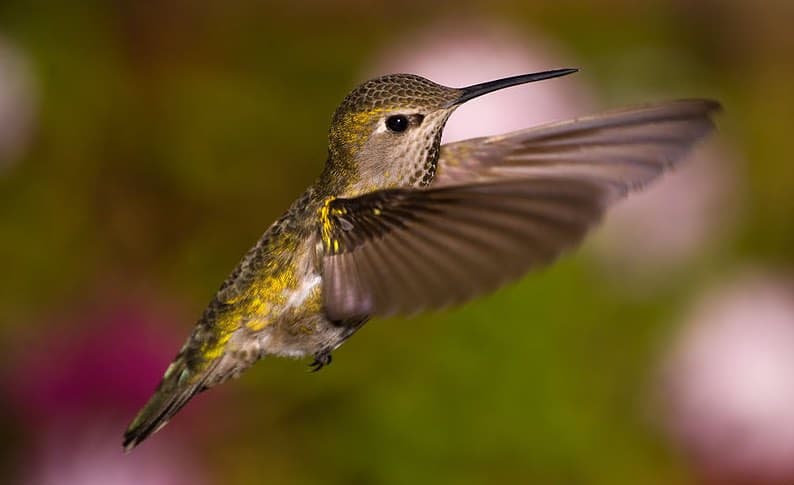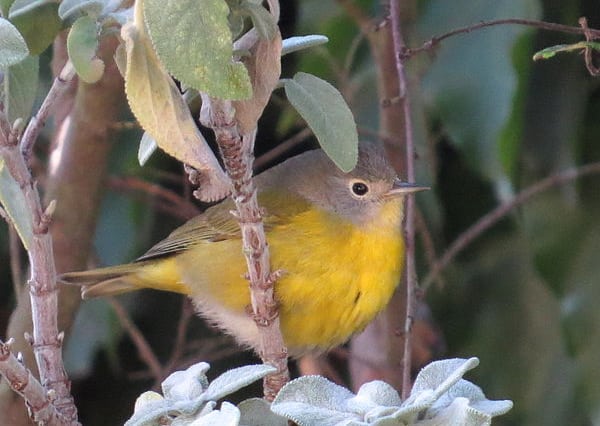Look for
The eastern bluebird is our most famous thrush, even more popular than its cousin, the American robin. Its beauty, its song, and its willingness to live close to us has inspired many poets, songwriters, artists, and bird watchers.
The sky-blue back and rusty breast of the male bluebird are echoed in the female’s more muted tones. There are three bluebird species in North America, but only the eastern is commonly found in the South.
Bluebirds are often seen perched along fence lines, on wires, or high in trees. They may appear all dark in bright sunlight, so many observers miss seeing them.
Listen for
During spring courtship, paired bluebirds can be seen fluttering their wings near a prospective nesting site, uttering their rich turalee turalay song. Flight call is a two-noted ju-lee! When they spot a predator, they utter a down-slurring tyew!
Find It
Bluebirds are resident (non-migratory) throughout the eastern United States in open habitats, such as pastures, grasslands, parks, and large suburban lawns (especially where bluebird nest boxes are available).
The two habitat requirements of bluebirds are large, open, grassy areas for foraging and cavities for roosting and nesting. In harsh winter weather, bluebirds may migrate short distances to find food or shelter.
You can attract bluebirds to your property if you have a large open lawn, especially if you provide housing. Thanks to a concerted effort by bluebird lovers to provide nest boxes, the eastern bluebird has rebounded from its low population in the 1960s.
Feed it
From an elevated perch, bluebirds watch for moving insects and then drop to the ground to pounce on them or to capture flying insects in midair.
They eat insects year-round and will shift to fruits and berries when insects are scarce. Bluebirds visit feeders for mealworms, berries, and suet or suet dough.
Nesting Behavior
Bluebirds are cavity nesters and will use old woodpecker holes or natural cavities in trees where available. Human-supplied nest boxes are an important resource for the eastern bluebird.
The female bluebird builds the nest inside the cavity using bark strips, grass, and hair. She lays four to six eggs and incubates them for 12 to 16 days. Both parents care for the nestlings until fledging occurs after 14 to 18 days.




